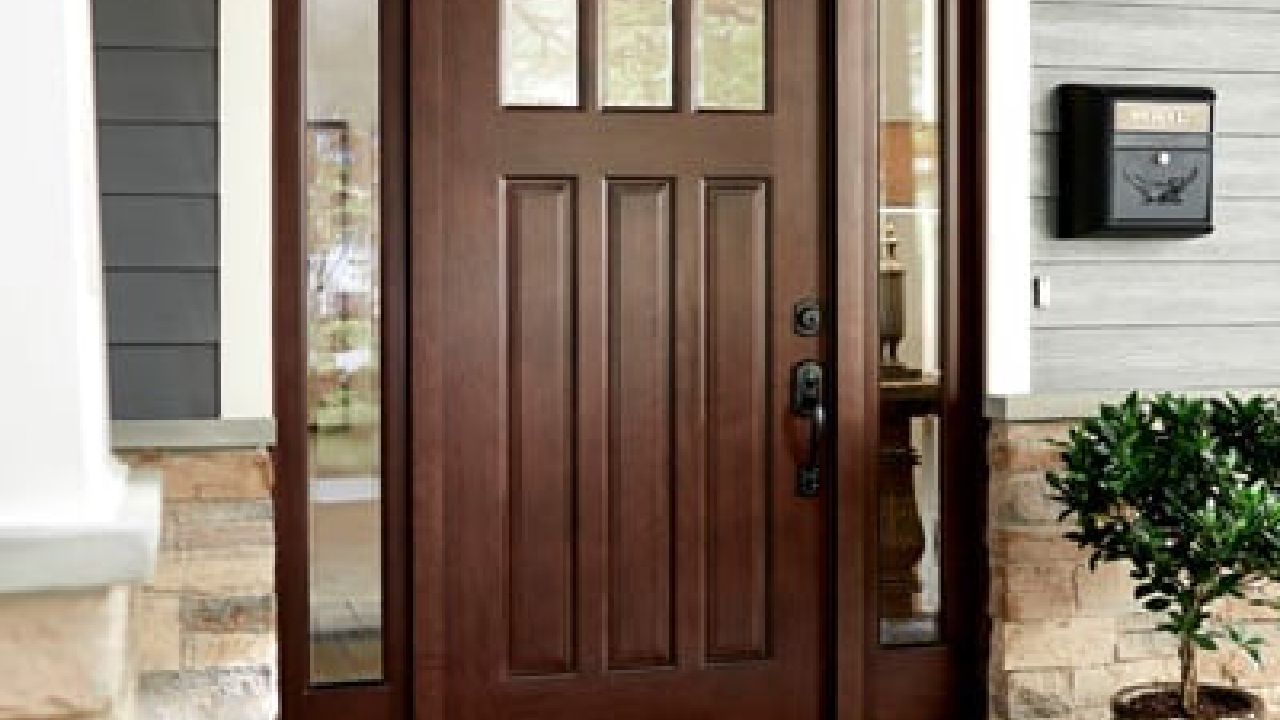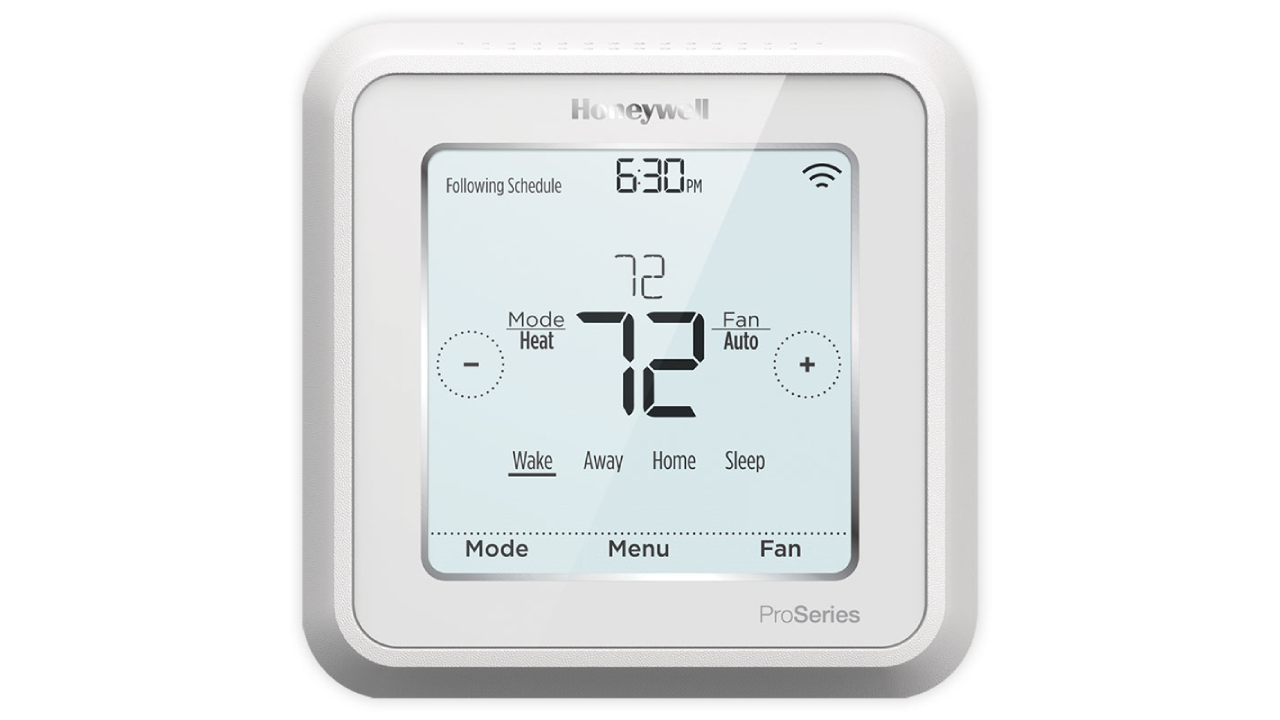Last Updated on June 27, 2024 by Alarm New England
With winter on its way, now is the time to prepare your home. The season brings with it cold winds, below zero temperatures, and snow.
The United States, and other parts of the world, are experiencing more extreme weather conditions due to climate change. Over the last decade, even areas in our southern regions which do not typically get extreme cold or the threat of snow have dipped into the single digits.
While other cities have recorded colder than ever temperatures, one evening Chicago was colder than the South Pole.
We’re all guilty of neglecting important home maintenance tasks, failing to prepare your home for winter can be costly.
This simple home maintenance checklist will help you easily ready your house before winter hits.
Interior
Check and service your fireplace or chimney
Ridding your chimney of soot and debris is an easy DIY job and will save you having to pay for a cleaning service. However, if there is a buildup of creosote present, you’ll need a licensed contractor to remove it.
Run the tip of a fireplace poker along the interior of the chimney wall. If you find a thick, shiny, tar-like buildup it’s best to call a professional. At least once a year a regular, wood or coal burning fireplace should be serviced.
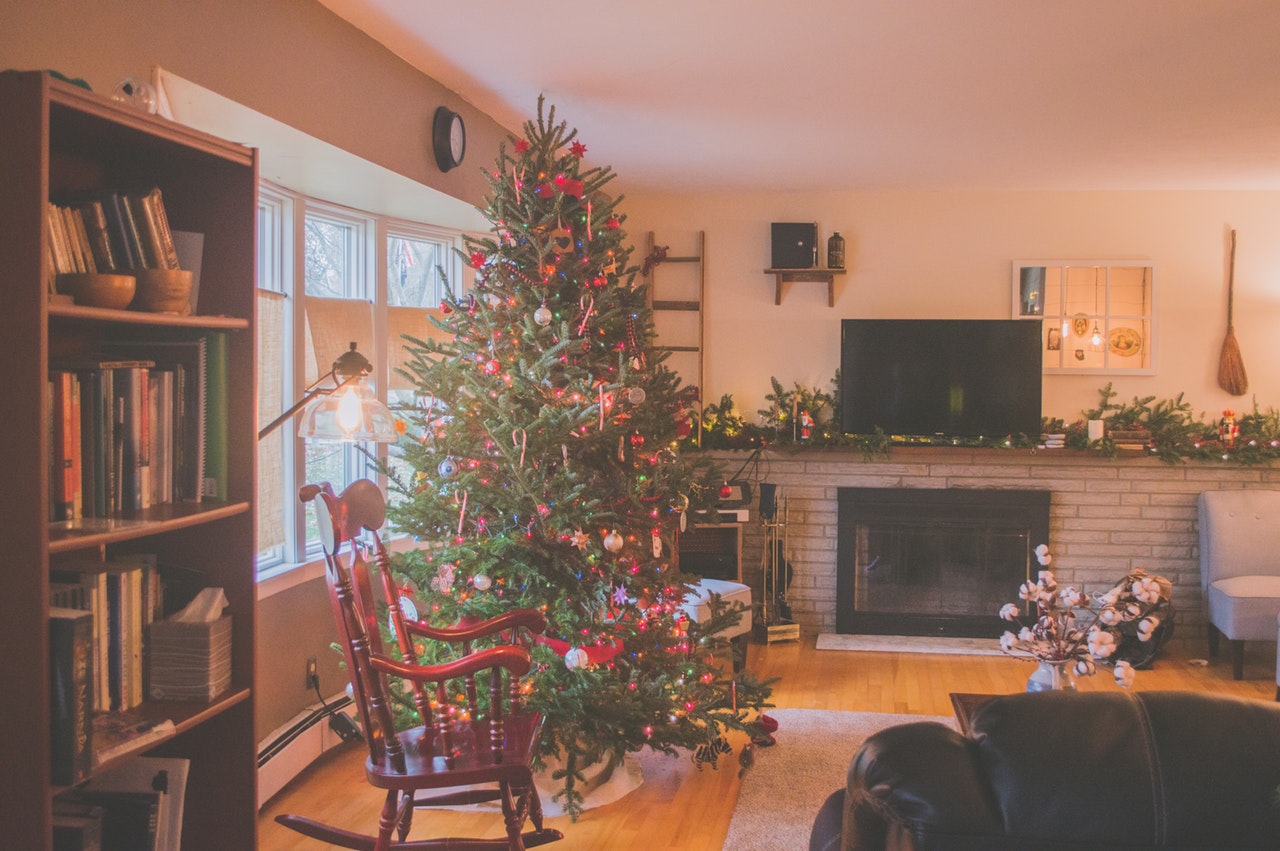
Once the fireplace is cleaned, consider installing a fireplace plug (also called chimney pillow). This inflatable device prevents cold air entering the house and heat from escaping. One homeowner in Marylandsaved around 13% on consumption costs after using a fireplace plug to block heat loss.
Reverse the ceiling fans
By changing the direction that the blades spin, hot air is forced downwards, keeping the heat in the bottom half of the house. By reversing the motor and running the fan on low-speed during the winter, you can achieve more noticeable warmth.

According to Apartment Therapy, adjusting your thermostat and running the fan as above can save close to 10% on heating costs.
Most modern ceiling fans have a remote control where the direction can be adjusted, or you can locate the exterior switch located on the fan motor to manually change it.
Check and replace batteries of detectors and alarms
An annual average of45,900 heating-related fires occurred between in the U.S. between 2013 and 2015. And heating was the second largest contributor to fires in residential buildings.
With the temperatures dipping, it will put your mind at ease knowing that the detectors and alarms are all in good working condition.
It is also crucial to ensure your fire and carbon monoxide monitoring systems are working. If a fire breaks out, or there is a gas leak, the detection systems need to be functioning correctly in order to notice it immediately. Take the time to conduct a test on each alarm or detector and replace the batteries before winter.
Prevent pipes from freezing
Water has the unique property of expanding as it freezes. This can cause the pipes the water is contained in to burst. Whether the pipe is plastic or metal, it can easily break from this expansion.
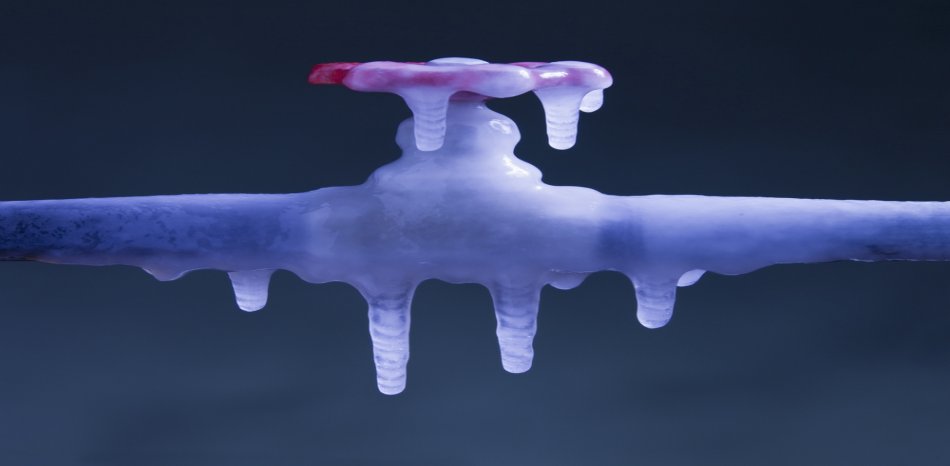
Pipes most at risk are ones that are exposed to the severe cold, like those that run along the exterior of the house or in the pool. Pipes inside the house are at risk too, especially those in unheated areas like the basement or attic. According to the Insurance Institute for Business and Home Safety, burst pipes because of freezing can result in damages that can cost a homeowner well over $5000.
But it’s easy to prevent.
Pipe insulation is cheap and effective. Insulate all pipes that are exposed to the cold weather, including those in the garage and basements.
Consider heating cables or tape as another long-term solution.
Faucets and pipes located outside of the house need to be drained completely and turned off. If pipes do not have a shut-off valve, you will need to leave the cold water tap dripping to prevent water from freezing.
Even a soft flow of water is enough to keep the pipes from freezing completely. Hose pipes should be drained and stored away.
Insulate the hot water tank and heaters
In winter, the hot water in a tank can cool quickly, which makes the boiler work more frequently to heat it up again. Wrap an insulation blanket around your water heater to reduce electricity consumption.
Also, proper maintenance one your water heater will ensure that it is functioning efficiently, and extend its life. It’s recommended to drain a water heater once a year. You could also program the hot water tank to only run during peak usage times rather than the entire day.
Seal off openings with caulking and weather-stripping
Doors are typically undercut to allow air flow to circulate into and out of the rooms. Some windows are also designed to conduct some air between them. When winter comes, and the cold, wet wind is blowing, it is wise to seal all these openings up.
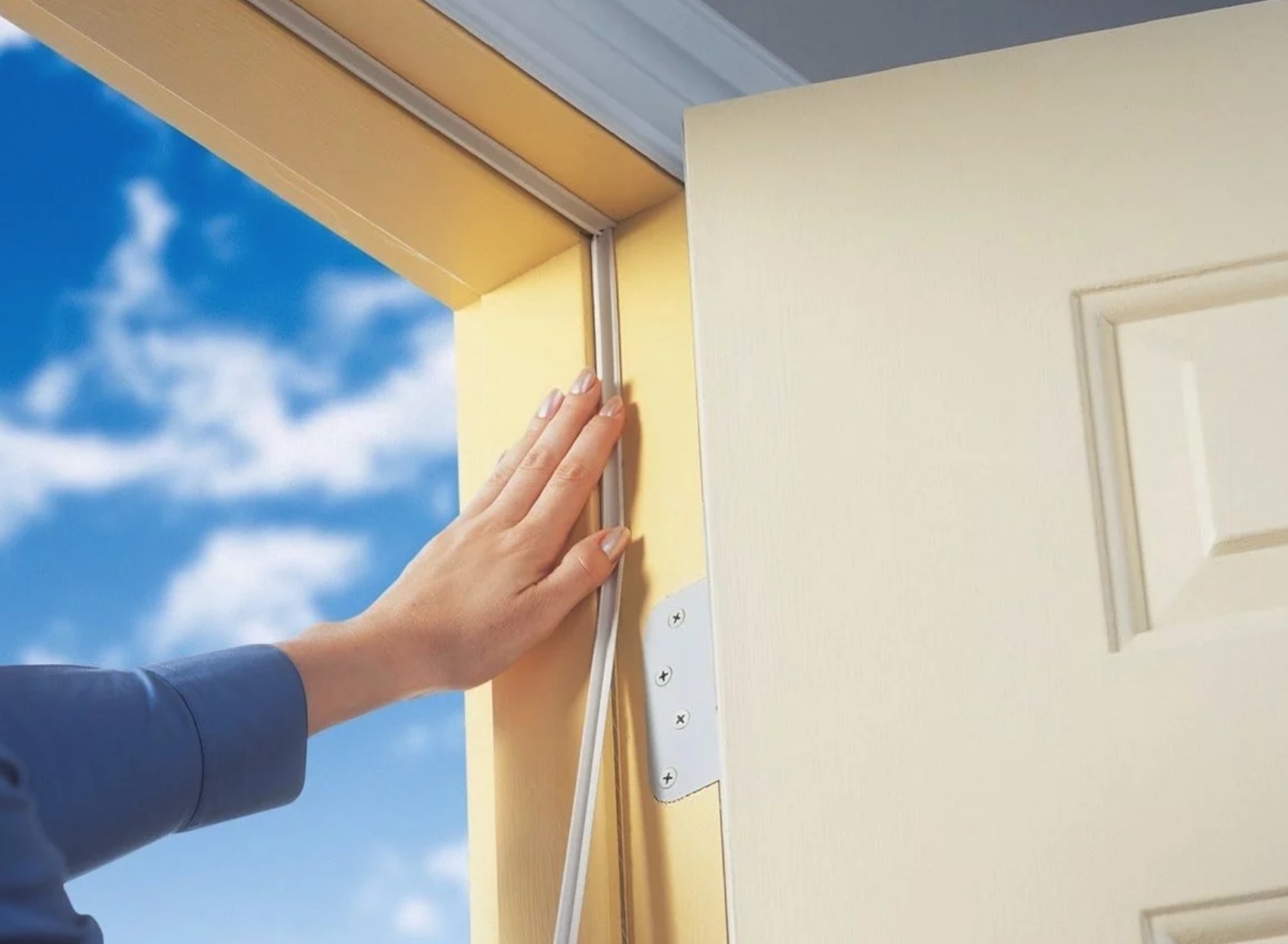
Check the condition and presence of caulking on all windows and replace or install where necessary. Use waterproof caulk around windows, doors and joints to prevent rain or snow from seeping in.
The Department of Energy estimates an average home can save 20 percent on heating costs by weather-stripping all doors and openings effectively. Weather-stripping comes in different materials and grades, so pick one that bests suits your needs.
Sump pump maintenance
A sump pump keeps the foundation of your home dry by preventing water build up or flooding. It has an effective lifespan of 10 years with regular maintenance. Having a working sump pump in winter is essential.
Remove debris from the basin and conduct a manual test to see that the pump is functioning normally. Be sure to insulate the discharge hose and install a backup battery to prepare for power outages.
Cover or remove the air-conditioning unit
If you have an air conditioning unit that sits in your window , it is likely to channel cold air through it during winter. It is recommended to remove these in the cold weather season and seal up the opening.
If you have a permanent, central AC unit that sits outside the house, consider placing a wooden board on top of it, held down with bricks. This will prevent snow or other debris from collapsing onto it.
Prepare the humidifier
Make sure the drain line is clean for a whole-house humidifier. Replace the media panel if necessary, this is responsible for mixing water and hot air from the furnace together. It is typical to drain the humidifier more than once during the winter months.
Exterior
Assess the roof for leaks and check ventilation
“Ice dams” occur when snow accumulates on the roof because of trapped ice. The weight can cause the roof to collapse.
To prevent ice dams, ensure the temperature of the roof is the same as the eaves. Consider installing an ice and water shield, which acts as a barrier and helps prevent moisture seeping into the house. Install roof vents and insulate the attic.
Stock up on ice melting compounds
Purchase salt, ice melt or sand for clearing snowfall from the sidewalks and driveway. This will also make shoveling easier. It is recommended to treat your driveway or walkway before winter hits and keep shoveling throughout the season to keep snow buildup to a minimum.
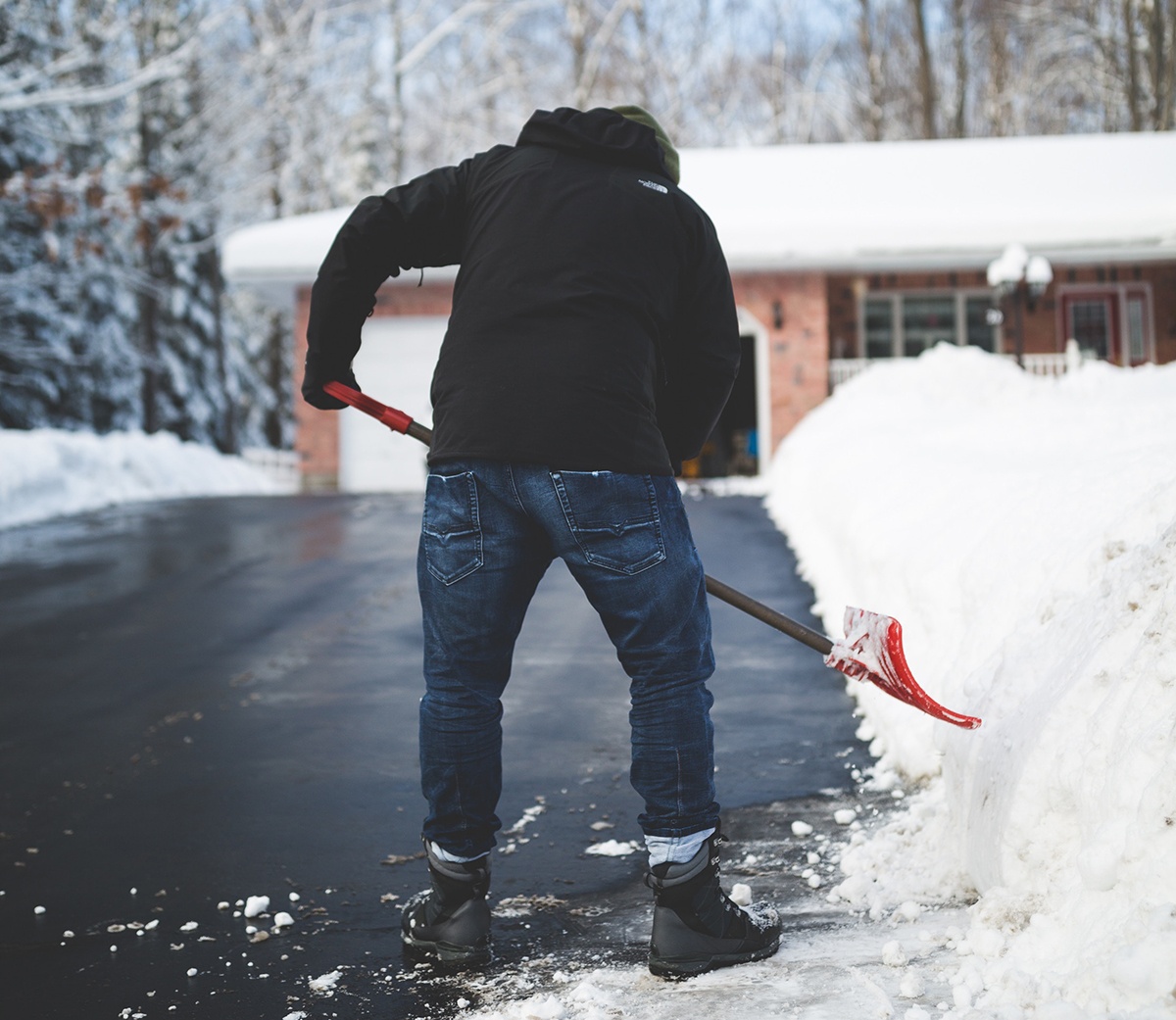
Trim trees and remove leaves in the garden
Snow weighs a lot and coupled with wind may easily break off old branches or cause thinner ones to snap. Consider trimming tree branches and crowns that circle close to the house and driveway.
Plants often go dormant in winter, so pruning them will actuallybenefit their ability to withstand the season.
Give the lawn a good rake to remove old, fallen leaves from the previous season. With snow falling shortly, patches of uncollected leaves can cause the grass to blacken and even make walking in the snow unpredictable.
Clear gutters
Gutters are designed to channel water off the roof and away from the home. If your gutter system is damaged, clogged or incorrectly installed, it is likely to be ineffective and result in damage to your property.
Water accumulating on the roof can lead to a ceiling collapse, while water leaking out of a cracked or clogged gutter may result in stains or foundation erosion.
A simple inspection and cleaning of the gutters will do can prevent these types of problems. Use a ladder to check the troughs for leaves and debris. Remove anything that may have accumulated over the fall.
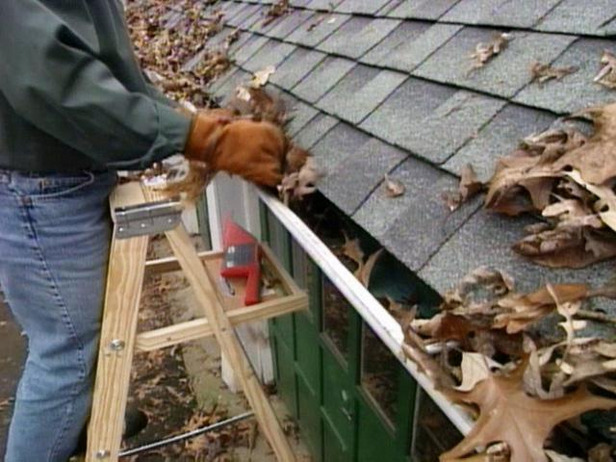
To check for cracks or leaks, take a hose and run water along the channel to identify any issues. You may want to consider hiring a professional gutter cleaner if the property is large, or the gutters are difficult to reach.
Gutter guards can also keep your water channels free of debris, forming a protective barrier over the top.
Inspect railings and steps (and protect entryways)
To be safe during the winter months, ensure all steps and handrails leading to the house are secure.
Make sure the tiles and paving on the steps is fastened and safe to tread on too.
Protect your entryways by placing a mat on both the inside and outside of the door. Ice and mud can quickly build up and become a hazard. Consider placing a boot tray near the door.
Additional home winter tips
- Stock up on a survival kit and supplies
- Consider purchasing a generator if you live in an area prone to power outages
- Take out and inspect your shovels and snow blowers
- Inspect outdoor lighting
- Use rugs inside rooms for trapping heat and to keep your home warmer
- Clear window weep holes of debris
- Stock up on enough fuel for your motors and appliances
- Maintain an average room temperature of no less than 55 degrees to keep the inside of the walls and pipes warm
- Leave doors of unoccupied rooms open for even flow of heat
- Protect outdoor furniture or consider storing them inside
- Know how to shut off the water supply and where your pipes are located
- Ditch the gas space heater for an electric one
- Have a list of phone numbers for emergencies and repairs
Be ready this winter
Adequate preparation can save you from costly damage and frustration that can occur during the extreme weather of the winter months. Stay warm and be safe during the winter.




